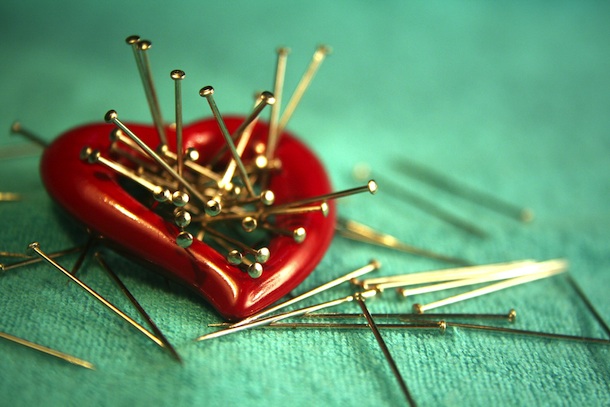GLOBAL. Sometimes, when it comes to research, the answers lie in the anomalies—the non-normal, the different. Such is true for pain research, where the future may lie in understanding and analyzing individuals who, thanks to genetics, do not feel any physical pain.
As medical needs grow, scientists are feeling the pressure to advance our knowledge of the very base of human illness and discomfort—pain. The rapidly aging world population and increasing life expectancies further drive this focus on pain management and care. While previous research has looked at understanding what alleviates pain, in recent years, some scientists have been taking the opposite approach. They have begun to focus on why, for a very small subset of the population, there is no such thing as physical pain.
In the scientific community, this phenomenon is known as congenital analgesia or congenital insensitivity to pain. While obscure and hidden, a couple of anecdotes of this condition have gained recognition in the scientific and media spheres. One story is of a young boy in Pakistan, who lives in a small region where the condition is more common due to the population’s intimacy. The boy has gained local fame by entertaining others by walking on hot coals and stabbing himself in the arms with knives. Another young girl who as the condition, lives in the U.S.A. and was featured in the media a few years ago. Unfazed by pain, she will stick her hands in boiling water when cooking resulting in various burns and scars.
While this condition has not been extensively documented in scientific research, in 2006, the scientific community experienced a breakthrough. A group of international collaborators published their findings in Nature, which revealed that congenital analgesia is due to a genetic mutation on the SCN9A gene. This gene is key to creating sodium channels in nerve cells. When these channels are lacking, electrical impulses are not communicated between the area in pain and the brain. As a result, individuals do not realize that they are in pain. For some people, congenital analgesia is coupled with the inabilities to sweat (anhidrosis) and smell.
However, it is important to note that this condition only impacts the ability of individuals to feel physical pain. They can still sense hot and cold—the issue is that they cannot tell when something is too hot or too cold for their bodies. Also, their abilities to feel emotional pain are not hindered in any way, and they feel discomfort when they are sick.
Therefore, while the disorder appears to give individuals superhuman powers, it is harmful for this very reason. Individuals with congenital analgesia will often hurt themselves without realizing it. They will unwittingly sustain burns, bruises, wounds and even broken limbs. So as powerful is it sounds, their bodies are actually endangered because they lack the very sensor designed to warn us. Also, in some cases, this leads to reduced life expectancy. As a result, studying this condition can help us understand and improve treatments for both individuals who suffer from it and for patients who experience chronic pain.
Most of our current methods for pain management involve local anesthetics, opiates, NSAIDS and other drugs. While these are incredibly effective, they are not always the most practical, and certain drugs—opiates in particular—run the risk of causing addictions in patients. As a result, understanding how this gene works can help scientists improve treatments for all individuals. In particular, there is great promise for cancer patients, the terminally ill and athletes, who all experience chronic, severe pain. Furthermore, congenital analgesia can help researchers further understand the role of sodium channels in the nervous system and human body in general. This can then have implications for other neurological conditions.
In the future, scientists may use their knowledge of this genetic variation to deliberately alter genes in the human body. Such therapies could be used to alleviate pain in individuals who suffer from it constantly. For example, they would greatly benefit patients who undergo radiation therapy or have arthritis. By investigating aspects in the human body that do not work as they should, we can gain valuable insight into a world of improved pain understanding and management.

